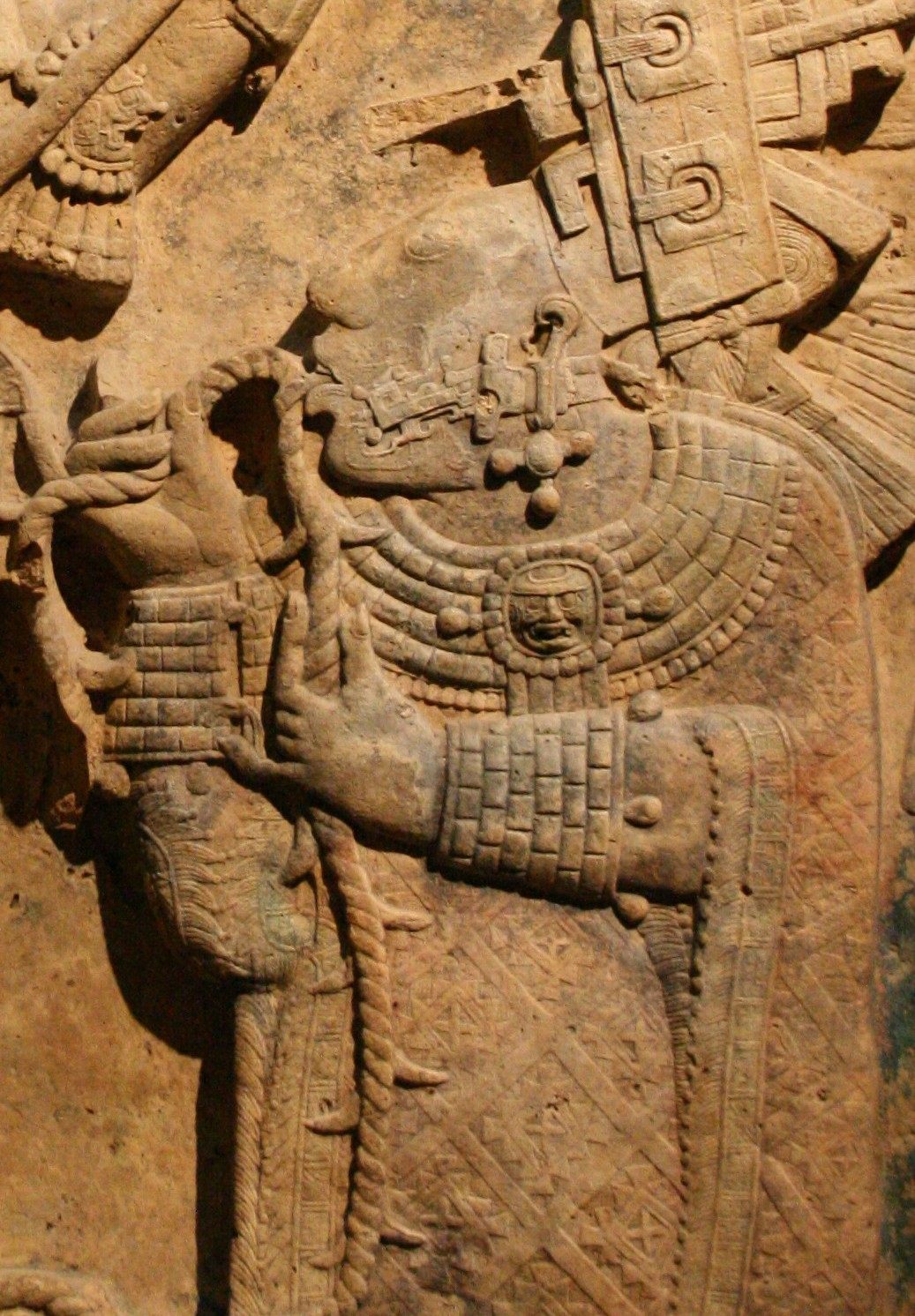Why Soviet Russia Created Mayan Playing Cards
They weren’t just being jokers.

In the 16th century, Spain conquered the powerful Maya empire, which spanned present-day Mexico, Guatemala, Honduras, El Salvador, Nicaragua, Belize, and northern Costa Rica. The native Mayan language was lost, along with all but four of their thousands of texts. Before the Spanish language (and thus Roman alphabet) was forced onto their tongues, the Maya had a sophisticated writing system of over 800 hieroglyphs that decorated everything from their sun-soaked temples to their bark-paper Dresden Codex. Unsurprisingly, the glyphs’ meanings proved difficult to decipher in the centuries following Spanish colonial occupation of Mesoamerica. But one man’s eventual decoding of the highly developed script would be remembered in spades.
After 500 years of scholars theorizing over the ancient symbols, Yuriy Knorozov cracked a significant piece of the Maya code in 1952. The Soviet linguist, ethnographer, and epigrapher surmised that the glyphs in question were syllables—and not letters or purely pictorial as previously thought. To this end, Knorozov published a paper called “Ancient Writing of Central America” in which he suggested that Maya script represented phonetic sounds and thus could be interpreted similarly to ancient Egyptian hieroglyphics. One of the comparative linguist’s conclusions, for example, was that “because ‘west,’ in spoken Maya, is ‘chik’in,’ and ‘k’in’ is the word for sun, the hand represents the syllable ‘chi.’ ”

Though Knorozov’s paper advanced the world’s understanding of Maya script considerably, it was published at the height of the Cold War, and therefore criticized for allegedly being influenced by Marxist-Leninist ideology. (It wasn’t.) Nevertheless, the Soviet Union’s reputation benefited from producing a man who made significant academic contributions to the field of ancient languages and writing systems. So much so, that today scholars worldwide can read more than 90 percent of the Maya glyphs.
To honor Knorozov’s seismic discovery, the USSR issued a special deck of playing cards in 1975 featuring ancient Mayan iconography. In Soviet Russia, the only playing-card vendor was the Soviet State. But that didn’t mean the decks they issued were boring. These particular cards were inspired by original Mayan artworks found in Mexico and designed by Russian artist Viktor Mihajlovich Sveshnikov, who also designed a deck featuring Russian opera scenes and another dedicated to the Neva River, which flows through St. Petersburg.

The King of Hearts card in the Maya deck features a nearly direct replica of the figure represented in Yaxchilan Lintel 24, a Mayan sculpture that depicts a religious ritual being performed by Lady Xoc, one of the Maya civilization’s most storied and powerful women. The detail on each card is evident: Sveshnikov even included Tzolkin glyphs from the Mayan calendar on both sides of several cards.
The state-controlled Colour Printing Plant specialized in customized, artistic decks of cards, unlike the United States’ primary focus on developing conventional decks for casinos and magicians. The Maya-centric cards were only printed for a short time. But though the plant has folded, fear not: Sveshnikov’s unique deck can still be found on eBay for around $180 should you want to play a game of poker with a rare, culture-colliding set of Soviet Mayan playing cards.



Follow us on Twitter to get the latest on the world's hidden wonders.
Like us on Facebook to get the latest on the world's hidden wonders.
Follow us on Twitter Like us on Facebook